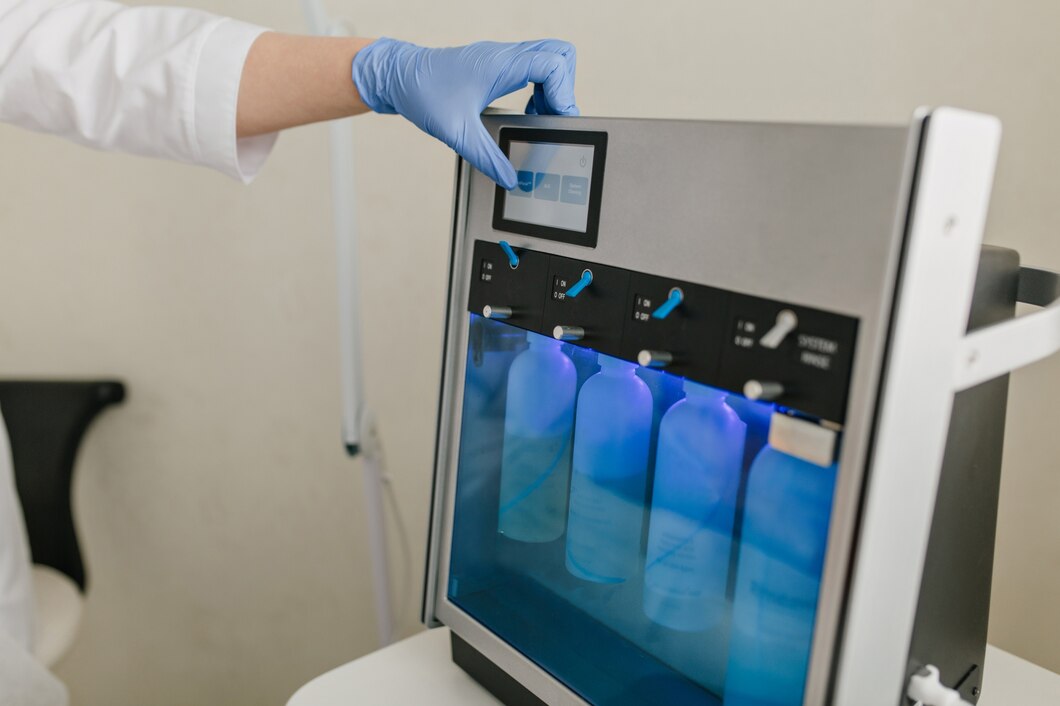Ensuring the right temperature in hospital refrigerators is more than just a box to check; it’s about patient safety and compliance with key regulations. When hospitals maintain the proper environment for medications, vaccines, and blood products, they help to protect patients from ineffective or dangerous treatments. Mismanagement of storage can lead to compromised products, posing serious risks for patient health.
Hospital refrigerator temperature monitoring systems play an integral role in reducing mistakes that could have significant repercussions. No one wants to worry about medicines not working because they were stored incorrectly. These systems keep an eye on the temperatures, sending alerts if something goes off track. It’s like having a safety net in place, which ensures everything stays as it should.
Common Mistakes in Hospital Refrigerator Temperature Monitoring
Hospital staff might face several pitfalls while managing refrigerator temperatures. One frequent issue is setting incorrect temperature ranges. Every product has specific needs and mixing these up can lead to spoilage or ineffective medicines.
Another mistake is inconsistent monitoring. Without real-time and continuous checks, it’s easy to miss temperature drops or peaks. This gap can cause significant problems, especially in critical care settings.
Calibration also is crucial. When equipment is not kept in sync through regular calibration, it often leads to inaccurate readings, making it hard for staff to trust the data they rely on.
Poor maintenance is another common problem. Monitoring systems need care just like any other equipment. Ignoring routine upkeep can result often in failures when they are needed the most.
Finally, backup systems sometimes get overlooked. A reliable backup, like a generator, is necessary to ensure that even during power outages, refrigerators maintain the correct temperature, thereby safeguarding the contents.
With these mistakes in mind, having the right practices can greatly improve hospital operations. Hospital refrigerator systems do more than watch the temperature; they offer peace of mind knowing that products remain safe and effective.
Best Practices to Avoid Common Mistakes
To steer clear of these all-too-common missteps, hospitals should adopt some effective practices. Let’s start with establishing regular calibration routines. Keeping equipment well-calibrated ensures that it delivers accurate readings, which is crucial for maintaining the right conditions for stored items. This involves scheduling routine check-ups to adjust equipment as needed, ensuring consistent performance.
Another best practice is using real-time monitoring systems. These systems constantly track temperatures and offer immediate alerts when things go awry. By catching issues early, hospitals can prevent larger problems down the road. Implementing automated systems is like having a trusty assistant who never loses focus.
Furthermore, having a solid maintenance schedule helps in catching any faults before they turn into pricey repairs or lead to issues with compliance. Regular system checks keep everything running smoothly and reduce the risk of unexpected breakdowns.
Investing in staff training programs is also essential. Training sessions can be conducted to ensure that every team member understands how to properly set and monitor refrigerator conditions. When the staff knows what to do and why it matters, it enhances the overall efficiency of the monitoring process.
Lastly, having reliable backup solutions is key. Power outages and unexpected failures can jeopardize temperature conditions. Therefore, having backup systems ready to step in during emergencies assures continuous protection of vital goods.
Benefits of Avoiding these Mistakes
By putting these practices into action, the benefits become clear. First and foremost, patient safety is greatly improved. Temperature monitoring ensures that all stored items, from medicines to vaccines, remain potent and effective until they are needed.
Adhering to guidelines set forth by organizations such as the FDA and CDC is another big win. Proper monitoring keeps hospitals compliant, which can ease the stress during audits and inspections. These checks become straightforward as all records are neatly maintained and accessible.
Cost savings also become evident over time. Preventing spoilage means that hospitals don’t have to replace expensive medicines or blood products, and avoiding equipment damage through consistent maintenance eliminates the need for costly repairs.
Final Thoughts on Optimizing Hospital Refrigerator Temperature Monitoring
In conclusion, maintaining the correct storage conditions in hospital refrigerators is a multi-faceted task that requires attention and diligence. By focusing on regular equipment checks, real-time monitoring, consistent maintenance, proper staff training, and having backup plans, hospitals can ensure that their stored goods remain safe and effective.
Taking these proactive steps not only keeps hospitals compliant with regulations, but also fosters an environment that prioritizes patient safety above all else. Implementing these strategies will provide the assurance that all stored items are ready and reliable whenever they’re needed.
For those looking to enhance the efficiency and reliability of temperature management in their healthcare facility, exploring the benefits of a comprehensive hospital refrigerator temperature monitoring system could be the solution. Qualified Controls offers advanced solutions designed to keep your operations smooth and compliant, ensuring the safety of critical supplies and a consistent standard of care for all patients.


